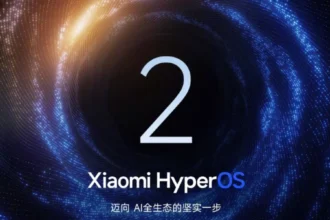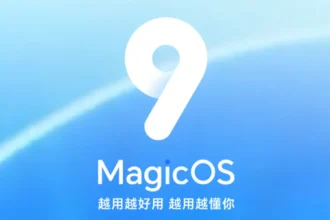In the fast-paced world of smartphones, Google is pushing the boundaries again with the Google Pixel 10 and Pixel 11 series. According to recent internal leaks, the upcoming Pixels will get AI and camera advancements driven by the Tensor G5 chip.
Google Pixel 10: Enhanced AI-Powered Camera and Editing Features
The Pixel 10 series will have a more powerful Tensor Processing Unit (TPU), which will unlock AI-driven photo and video capabilities. You will also get more advanced editing tools to simplify and enhance the image and video creation process and solidify Google’s position in smartphone photography.
Video Generative ML – Video Editing Redefined
One of the features in the Google Pixel 10 is rumored to be “Video Generative ML” which will change video editing. This will allow you to make real-time adjustments within the Google Photos app and minimize the need for external software. Through advanced machine learning Video Generative ML will let you make high quality post capture edits directly on your device with precision.
Speak-to-Tweak – Voice-Activated Editing
“Speak-to-Tweak” another speculated feature will simplify photo editing through voice commands. You can describe the edit and the device will do the rest. No more manual navigation. This will be a game changer for those who want to fine tune their images on the go.
Sketch-to-Image – A New Creative Tool
The Google Pixel 10 may also get a new creative tool “Sketch-to-Image” which will turn simple sketches into full images. This will give users a new way to express themselves visually by turning rough outlines into polished AI rendered images. This will be good for both casual and professional users.
Google Pixel 11: Camera Technology with Machine Learning
With the Pixel 11 Google will take camera functionality to the next level. With more machine learning you will get up to 100x zoom in both photo and video capture with a next gen telephoto lens. This will be a big advantage in mobile photography and will give you sharper AI zoom without any quality compromise.
Cinematic Blur and Ultra Low Light Video
Apart from zoom, the Pixel 11 series will get a new “Cinematic Blur” feature which will give you high quality depth of field effects while optimizing power usage. This will give you smoother video capture with artistic depth effects without draining the battery.
And there’s an “Ultra Low Light Video” mode, also known as “Night Sight Video”. This will help the Pixel 11 perform better in low light. It’s all about capturing clear and detailed video in extremely low light conditions. It should work well even in candle lit environments. Improved hardware and machine learning will work together to capture noise free video. Google’s legacy in low light photography continues.
Tensor G5 – Efficiency and Performance in a 3nm Chip
The Tensor G5 chip is the foundation of this. It will be made on TSMC’s 3nm process. That means it will be more efficient and powerful. This should allow the Pixel 10 and 11 to do resource hungry tasks like high-resolution video recording and complex AI tasks with minimal power consumption. So the devices should have longer battery life and high end performance in demanding use cases without sacrificing quality.
Conclusion
The Google Pixel 10 and 11 will bring big AI and camera advancements. They will be great options for those who want premium cameras and efficient devices. With the Tensor G5 at the head, these devices will set a new standard in smartphone tech. Users will get a powerful, user-centric experience that will optimize and enhance their daily mobile interactions.
As Google continues to iterate, the upcoming Pixel lineup will redefine mobile photography and video editing. The Pixel will remain the king of the smartphone market. Whether these features come to be or evolve further, Google’s roadmap will keep the Pixel in the headlines.
(Source)







